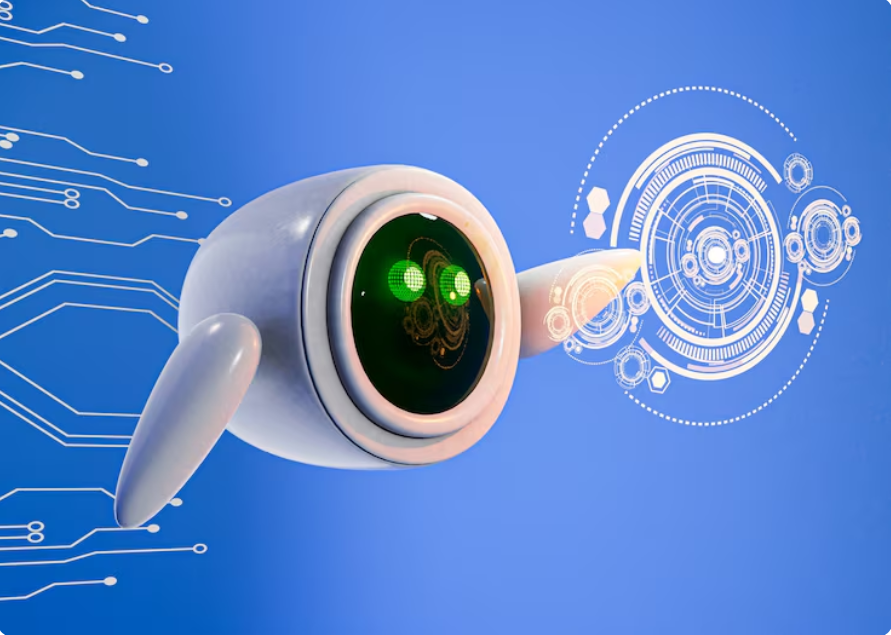1. The Nature of Modern Automation
Automation is no longer a question of if but how far. Machines make decisions, systems self-correct, and algorithms quietly steer logistics, finance, and customer service. Yet most of today’s automation relies on a rigid kind of logic—rule-based frameworks built to perform within a controlled set of variables. When the unexpected occurs, those systems pause, fail, or simply repeat.
Quantum AI marks a departure from that rigidity. It introduces adaptability into automation—a way for systems to understand and operate within uncertainty. The emergence of quantum AI bots represents a significant step toward automation that thinks, rather than merely reacts.
2. What Makes Quantum AI Different
The distinction lies in how information is processed. Traditional algorithms work through linear computation, moving from one possibility to the next. Quantum computing, by contrast, handles many possibilities simultaneously through superposition and entanglement.
When artificial intelligence operates on quantum hardware, the result is not just speed—it’s depth. Bots powered by quantum AI don’t evaluate one path; they evaluate entire landscapes of outcomes. The AI component interprets that data, adjusting responses dynamically.
This isn’t theoretical. Pilot programs in logistics, energy management, and trading already use quantum-enhanced models to navigate changing conditions. These early systems are prototypes of what future automation will look like: flexible, data-rich, and self-correcting.
3. Quantum AI Bots in Trading
The financial markets have become the testing ground for the quantum ai trading bot. Unlike traditional trading bots that execute fixed strategies, quantum AI bots adapt to conditions as they shift. They analyze markets across asset classes—currencies, equities, commodities—in real time, updating probabilities on the fly.
Institutions rely on them for portfolio optimization, while smaller traders access them through cloud-based platforms. The advantage is not in predicting markets perfectly but in managing volatility intelligently.
Quantum AI bots learn from feedback loops: each trade informs the next, refining decision boundaries without human intervention. The outcome is a system that trades less impulsively, with a better grasp of risk and timing. For traders, it’s less about surrendering control and more about gaining a second layer of reasoning that never sleeps.
4. Beyond Finance: Industrial Autonomy
Outside trading, the same architecture is reshaping industries that depend on decision-making at scale. Logistics networks use quantum AI bots to optimize routes amid fluctuating weather and demand. Energy grids use them to balance production with consumption in real time. Manufacturing plants deploy them to detect inefficiencies before they manifest as losses.
The pattern is consistent: wherever there’s complexity, quantum AI provides structure. By operating within uncertainty instead of fighting it, these bots make automation genuinely intelligent.
5. The Road Ahead for Quantum AI Bots
Automation driven by quantum AI won’t arrive all at once. It will unfold quietly, embedded in existing systems, improving outcomes without fanfare. Traders will use smarter bots, factories will run more efficiently, and logistics networks will become more predictive.
Over time, these systems will form an invisible infrastructure—a kind of digital nervous system that anticipates rather than merely reacts. The transformation will not feel futuristic; it will feel inevitable.
Quantum AI bots are not a novelty. They’re a sign that automation has matured beyond simple repetition into something more human: adaptive, observant, and always learning.
FAQ: Quantum AI Bots and Automation
Q: What are quantum AI bots?
A: They’re automated systems that combine AI’s adaptive learning with quantum computing’s ability to analyze many possibilities simultaneously.
Q: How are they used in trading?
A: Quantum AI bots interpret market data in real time, adjusting strategies to changing conditions rather than following static rules.
Q: Do they replace human traders?
A: No. They augment human decision-making, providing deeper insight into risk and opportunity.
Q: Are they only used in finance?
A: No. Industries such as logistics, energy, and manufacturing are testing quantum AI bots for optimization and predictive maintenance.
Q: What’s next for this technology?
A: Gradual integration into everyday systems, where quantum AI bots quietly enhance performance across industries without drawing attention to themselves.
